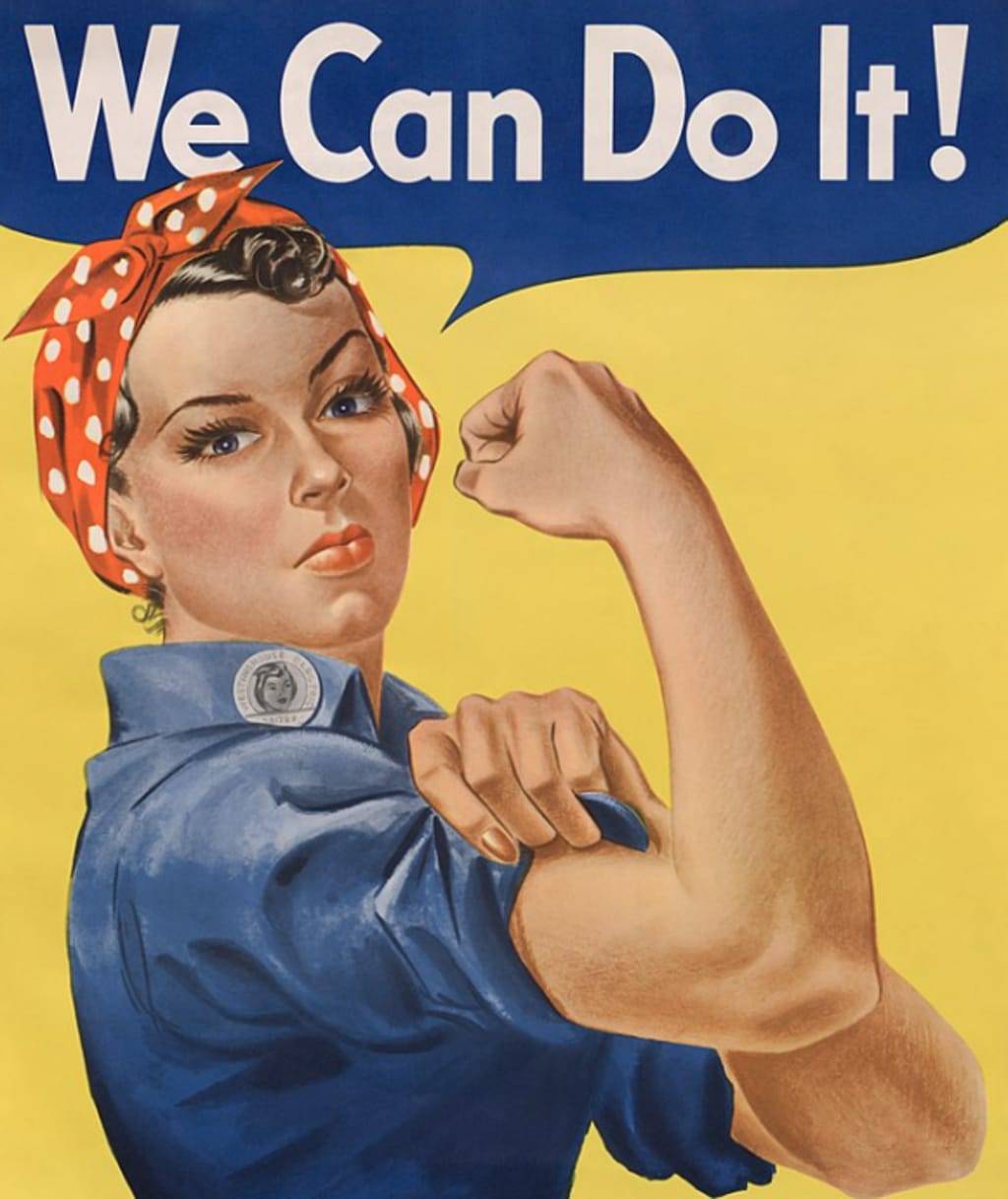Celebrating the Legacy and Future of International Women's Day
Every year on March 8th, the world pauses to celebrate International Women's Day (IWD), a day dedicated to honouring the remarkable social, economic, cultural, and political achievements of women across the globe. But beyond the social media shout-outs and celebratory posts lies a rich history of resilience, courage, and relentless pursuit of equality that has shaped the modern landscape of women's rights. This day is not just a celebration but a reflection on the journey of countless women who have fought for the freedoms and rights we enjoy today.
The roots of International Women's Day stretch back to the early 1900s, a time marked by industrialization and radical ideologies. It was a period when women began to raise their voices against the injustices they faced, igniting a global movement for equality. The fight for women's suffrage, in particular, became a focal point of their struggle, symbolizing not just the quest for the right to vote but for an equal standing in society.
In 1903, the battle for women's rights in Britain saw a new dawn with Emmeline Pankhurst's establishment of the Women's Social and Political Union. This movement, characterized by protests, strikes, and even imprisonment, laid the groundwork for a global call to action. Across the Atlantic, the United States witnessed a similar awakening in 1908 when 15,000 women marched through New York City, demanding voting rights, better pay, and shorter working hours. This act of defiance and solidarity marked a significant moment in the history of women's rights.
The first National Women's Day was observed in the United States on February 28, 1909, a precursor to the international recognition of women's struggles and achievements. The idea to make this day international was proposed by Clara Zetkin in 1910 at an international conference of working women in Copenhagen. This proposal, supported by women from 17 countries, led to the first International Women's Day being celebrated in 1911 in Austria, Denmark, Germany, and Switzerland.
One of the most poignant moments in the history of IWD came just after its first celebration, with the tragic Triangle Shirtwaist Factory fire in New York in 1911. The death of 146 garment workers, mostly women and girls, brought to light the dire working conditions and lack of labour rights in the United States, sparking a movement for change that would become a significant part of IWD's legacy.
The impact of World War I further transformed the role of women in society, as they stepped into roles traditionally held by men, becoming munition workers, railway guards, and even police officers. This shift not only changed public perception but also paved the way for significant legal milestones, including the right to vote.
Over the decades, International Women's Day has been a testament to the enduring spirit of women who have broken barriers and challenged the status quo. From Billie Jean King's victory in the Battle of the Sexes to Isabel Martinez de Peron becoming the first female president in the world, and the United Nations' recognition of IWD in 1975, each milestone reflects the ongoing journey towards gender equality.
Today, International Women's Day is celebrated worldwide, not just as a reminder of the struggles faced by women in the past but as a celebration of their achievements and a call to action for future generations. It's a day to honour the 'sheroes' who paved the way for the rights and freedoms we enjoy today and to acknowledge the work that still lies ahead in achieving true gender equality.
As we celebrate International Women's Day, let us remember the sacrifices and victories of the women who came before us and recommit ourselves to the pursuit of a world where gender equality is not just a goal but a reality. Let this day be a beacon of hope and a source of inspiration, reminding us of the power of unity and the enduring strength of women across the world.


